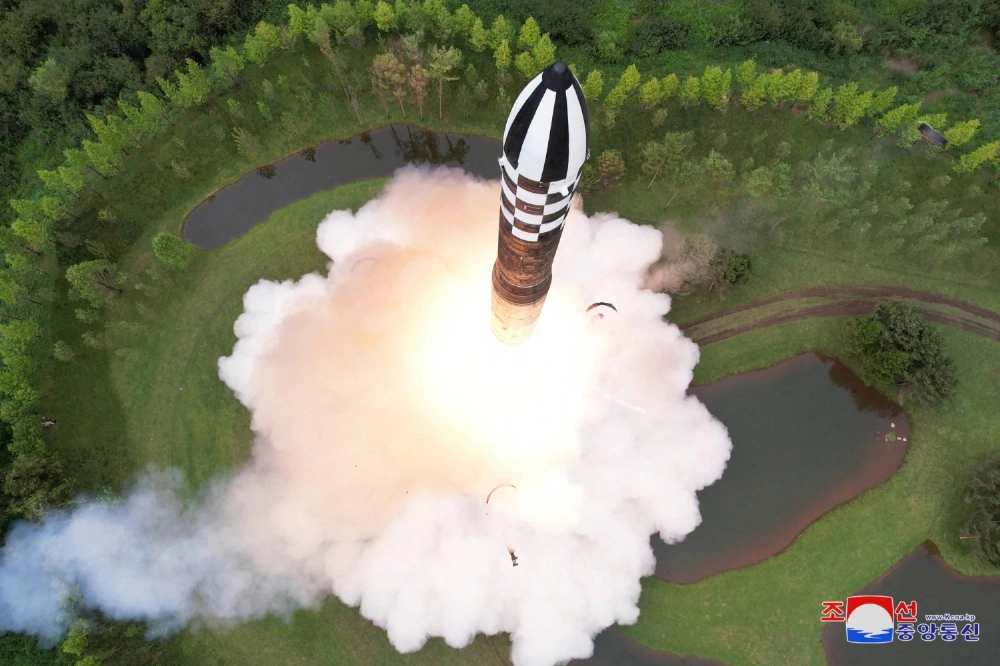Tulsi Gabbard, the U.S. director of national intelligence, admittedly struck the wrong note in a melodramatic video she put out after visiting Hiroshima, which was destroyed by an atomic bomb exactly 80 years ago.
"As we stand here today, closer to the brink of nuclear annihilation than ever before,” Gabbard said, "political-elite warmongers are carelessly fomenting fear and tensions between nuclear powers.” That reference to unspecified warmongers hewed to her unfortunate pattern of spreading conspiracy theories. Her boss, President Donald Trump, wasn’t pleased.
But Gabbard was right about her other point: that we — Homo sapiens — may be closer to the brink than ever before. That’s what I keep hearing from experts on nuclear strategy in Washington. The danger today may not be as acute as it was during the Cuban Missile Crisis. But it is much more diffuse, complicated and unpredictable than it has ever been. And while those in the know can summarize how we got to this point, nobody, as far as I know, has any good ideas about where to go from here.


















With your current subscription plan you can comment on stories. However, before writing your first comment, please create a display name in the Profile section of your subscriber account page.